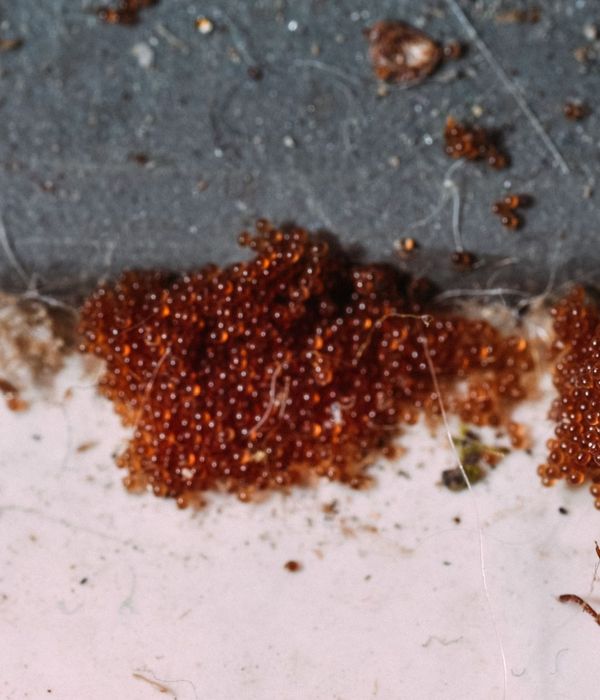
Ticks nests can be a cause for concern for homeowners, especially when they house hundreds or even thousands of eggs. While ticks nests are usually found outdoors, they can also appear in homes or other structures. In this article, we will discuss the importance of identifying and safely removing tick nests, as well as provide tips for preventing infestations. By following these guidelines, you can effectively protect your home and yard from potential tick-related issues.
How Tick Nests are Formed
Tick nests are not traditional nests like those built by other animals. Instead, female ticks lay their eggs in various locations, such as grass blades, leaves, or patches of soil. These clusters of tiny eggs can contain hundreds of individual eggs. The eggs are usually laid close together and remain attached until they hatch, which can take anywhere from 2 weeks to 2 months. It’s important to note that ticks are arachnids, not insects, and they go through multiple stages of growth before becoming adults.
Where to Find Tick Nests
Tick nests are most commonly found outdoors, at ground level, especially near trails or areas where potential hosts such as deer or other mammals are present. Regular lawn maintenance practices such as mowing, raking, and leaf blowing can help reduce the number of ticks in your yard. Removing fallen leaves from your property rather than simply blowing or dumping them can also decrease the number of certain tick species.
While tick nests are primarily found outdoors, it is possible for a female tick to lay eggs inside your home. These nests may be located in carpet fibers, soft furniture, curtains, or even in the pockets or linings of clothing articles. However, finding a tick nest in your house can be challenging due to their small size and inconspicuous locations.
Safe Removal of Tick Nests
If you suspect the presence of a tick nest, it is important to proceed with caution. Here are some steps to safely remove and dispose of tick nests:
Avoid direct contact: Tick nests are often amber or brown in color and have a glassy appearance. If you come across a tick nest outdoors, it is best to maintain a safe distance. Do not attempt to drown the nest with water or stomp on it, as ticks are resilient and can survive such attacks.
Use protective equipment: To remove a tick nest, wear gloves and use appropriate tools such as tweezers. When handling the nest, be careful not to touch it directly as tick eggs can potentially carry diseases.
Soak the nest in alcohol: After carefully removing the tick nest, place it in a container filled with rubbing alcohol. This will effectively kill all the eggs. Ensure that the container is properly sealed to prevent any escape.
Vacuum the area: If you find a tick nest in your home, using a vacuum cleaner can help remove it. After vacuuming, promptly seal the bag and dispose of it properly. Additionally, thoroughly inspect other potential nest locations and check yourself and your pets for any mature ticks.
Tips for Tick Prevention
In addition to safely removing tick nests, it is crucial to take preventive measures to reduce the risk of infestations. Here are some tips:
- Maintain a well-manicured yard: Keep the grass cut short and remove leaf debris regularly. This reduces the ideal habitats for ticks and limits their ability to reproduce.
- Create a tick-safe zone: Create a barrier between your lawn and wooded areas where ticks are commonly found. This can be achieved by using gravel or wood chips as landscaping materials.
- Trim vegetation: Regularly trim shrubs and trees to allow sunlight to penetrate and limit shady areas where ticks thrive.
- Use appropriate clothing and repellents: When spending time outdoors in tick-prone areas, wear long-sleeved shirts, long pants, and closed-toe shoes. Apply EPA-approved insect repellents containing DEET to exposed skin and clothing.
Conclusion
Tick nests can pose a concern for homeowners as they can potentially lead to infestations and tick-borne diseases. By properly identifying and safely removing tick nests from your home and yard, you can effectively protect yourself, your family, and your pets from these pests. Remember to take preventive measures such as maintaining a well-manicured yard and using appropriate protective clothing and repellents when venturing into tick-prone areas. By following these guidelines, you can ensure a tick-free environment in and around your home.



